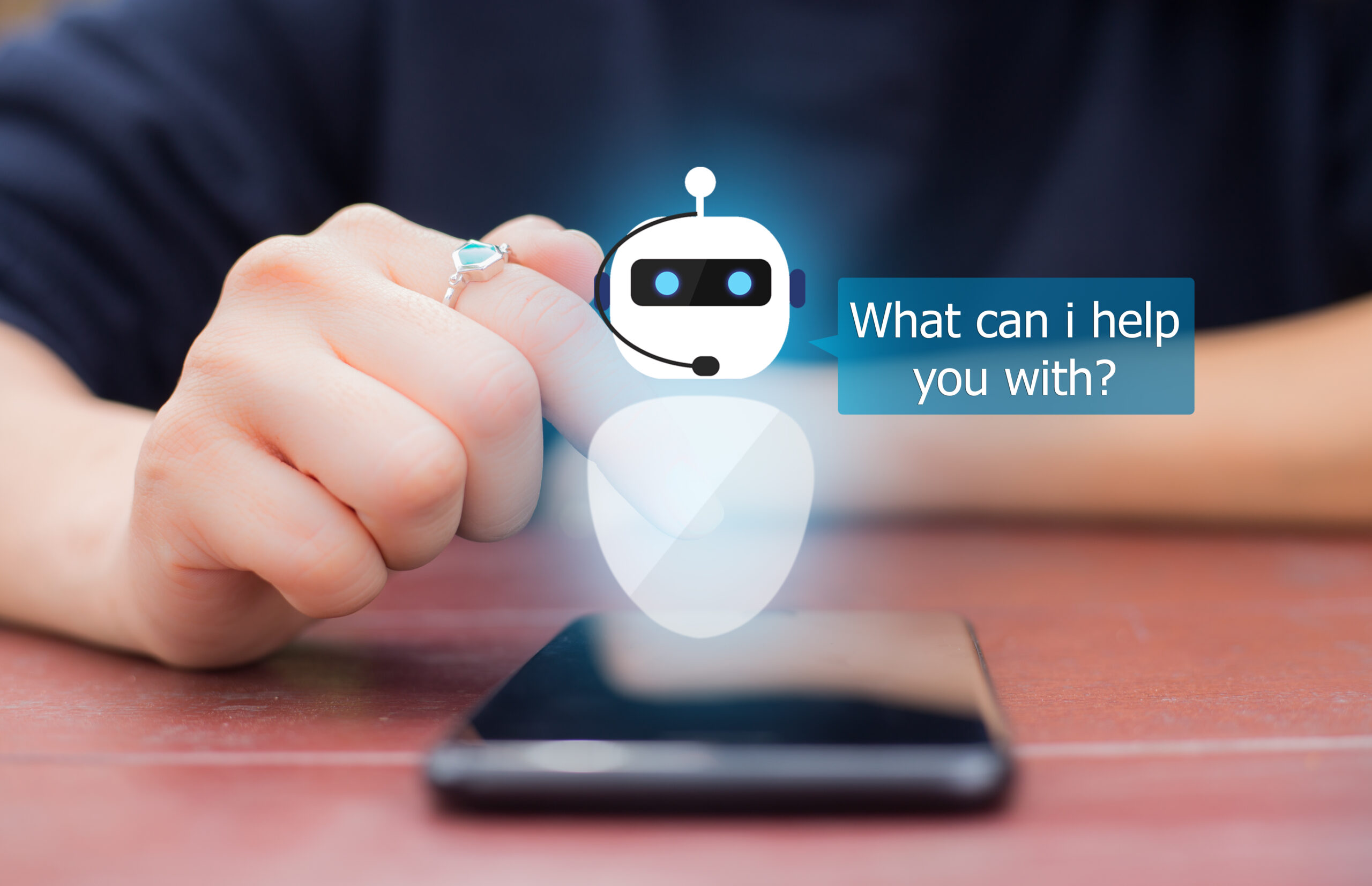Hybrid AI models have become increasingly popular in recent years, as they offer the potential to combine the strengths of different AI techniques and create more powerful, accurate, and adaptable systems. However, developing hybrid AI models can also present several challenges, such as integrating disparate data sources, choosing the right combination of AI techniques, and optimizing the model’s overall performance. This blog post will explore the challenges and steps in developing effective hybrid AI models.
Define the problem and identify the data sources
The first step in developing a hybrid AI model is to define the problem you want to solve and identify the data sources you will use to train the model. This can involve integrating data from multiple sources, such as structured and unstructured data, text, images, and videos. To ensure that the data is consistent and accurate, it is essential to use data preprocessing techniques to clean and standardize it.
Choose the right combination of AI techniques
The next step is to choose the AI techniques that will be used in the model. This can include machine learning, deep learning, natural language processing, computer vision, and other techniques. To choose the right combination of AI techniques, you need to consider the nature of the problem, the type of data, and the desired outcome. For example, suppose you are developing a model to detect fraud in financial transactions. You may need to use a combination of machine learning algorithms and natural language processing techniques to analyze large volumes of unstructured data.
Design the architecture of the model
The architecture of the hybrid AI model is critical, as it determines how the different AI techniques are integrated and how the model will process the data. You need to design the architecture based on the data and the desired outcome, ensuring that the model can handle large volumes of data and make accurate predictions. This can involve using techniques such as ensemble learning, combining multiple models to improve accuracy, or transferring knowledge, where a pre-trained model is used as a starting point for a new problem.
Train and test the model
Once the architecture has been designed, it’s time to train and test the model. This involves feeding the data into the model and adjusting the parameters to optimize the performance. The testing phase is critical, ensuring the model is accurate and robust enough to handle new data. This can involve using techniques such as cross-validation and hyperparameter tuning to ensure the model performs at its best.
Deploy and monitor the model
The final step is to deploy the hybrid AI model into a production environment and monitor its performance over time. This can involve integrating the model with existing systems, ensuring that it can handle real-time data, and monitoring its performance to detect any issues or anomalies. It’s also essential to update the model regularly, as new data and environmental changes can affect its performance.
In conclusion, developing effective hybrid AI models can be a complex and challenging process. Still, by following these steps, you can ensure that your model is accurate, robust, and adaptable to new data. By integrating multiple AI techniques and data sources, you can create more powerful and flexible systems that tackle a wide range of problems and significantly benefit your business or organization.



